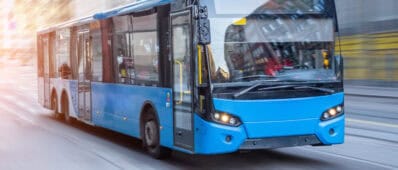Project Summary
Shared and pooled travel modes are less energy- and emissions-intensive alternatives to the single-occupancy vehicles that dominate California’s roads. Both old and new shared and pooled modes, including public transportation, ride-hailing, and shared micromobility, are critical components in a more sustainable mobility future. Many factors inhibit people’s willingness to use shared and pooled modes, such as sacrifices in comfort and privacy. The COVID-19 pandemic introduces the serious concern of virus transmission among users of shared and pooled travel modes. New vehicle design features are crucial to facilitating a safe return to pre-pandemic levels of shared and pooled travel, and ultimately to achieve the even higher levels of sharing and pooling required to sufficiently reduce climate-altering greenhouse gas emissions associated with the transportation sector. The researchers will conduct a review of vehicle design strategies to reduce the risk of COVID-19 transmission. The review will assess design features for shared micromobility, taxis, ride-hailing, car-sharing, car-pooling, shuttles, buses, trains, and airplanes. Data will be gathered predominately from recent popular media regarding vehicle design innovations and modifications in response to the pandemic. The research team will also develop a 3D model of a robo-taxi that illustrates design features that help protect travelers from COVID-19 transmission. In a prior SB1 project, the researchers identified general pooling-promotive design features for robo-taxis (pre-pandemic), such as large windows, interior storage, video surveillance, and entertainment features. The new robo-taxi model will include those general pooling-promotive features and highlight additional COVID-protective design strategies (e.g., cough shields, open-air designs, non-porous materials, ultraviolet sanitizing lights). The model will be created in Rhino 3D CAD software. Investigators will also conduct a series of interviews and/or focus groups with UC Davis students and staff to explore consumer perceptions of COVID-19 transmission-mitigation design strategies. They will map participant perceptions of the efficacy of the strategies onto available evidence of their effectiveness; revealing distinctions between the objective and subjective protection afforded by different design features and feature categories. This research will be conducted online and leverage the robo-taxi 3D model. Specifically, participants will be exposed to an image or short video illustrating each design strategy and asked a series of questions to assess their perceptions.

